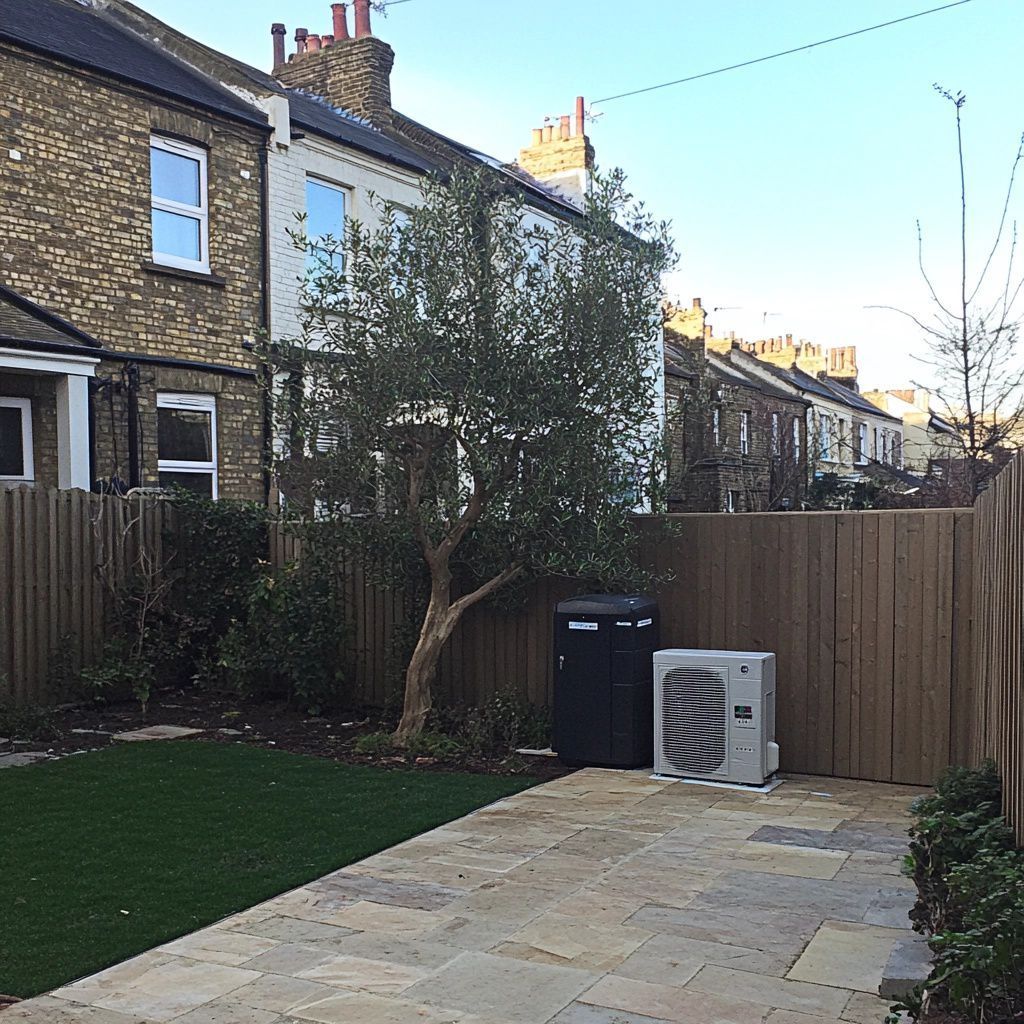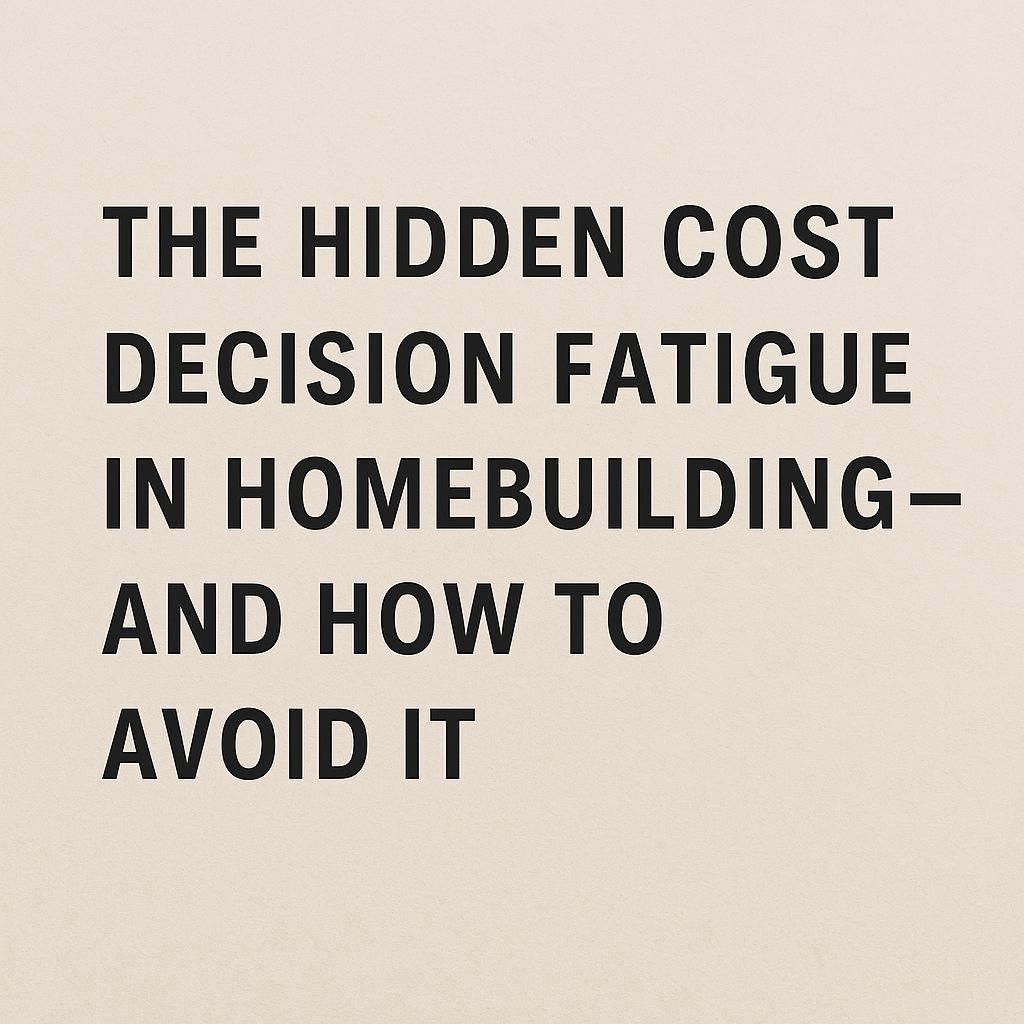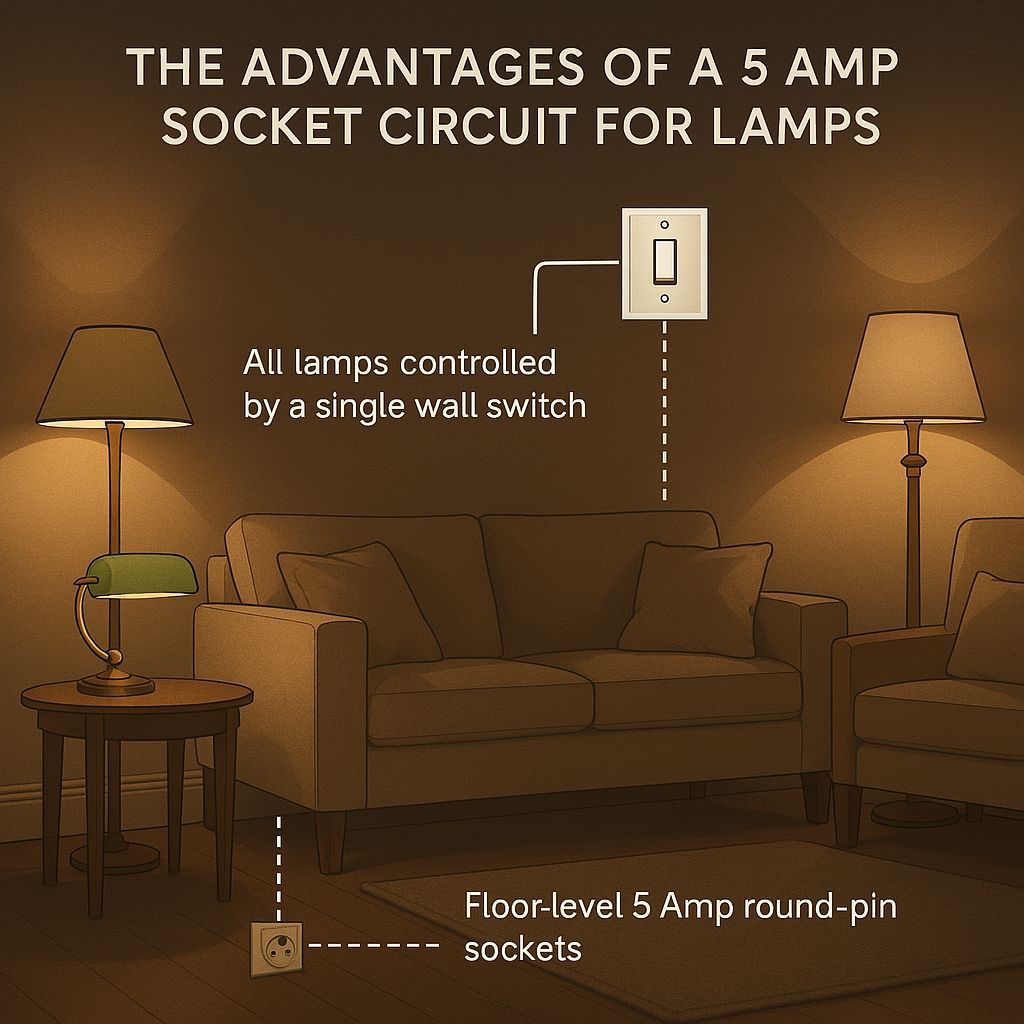Are Heat Pumps the Right Choice for Your Home?
Navigating the Benefits and Challenges of Heat Pump Installation

Heat pumps are increasingly being seen as an alternative to gas and oil-fired boilers. They offer improved energy efficiency, lower carbon emissions, and can integrate well with renewable electricity. However, installing a heat pump - especially in an existing home - requires careful planning.
Heat Pumps in New Homes vs. Retrofitting in Existing Homes
Installing a heat pump in a new build is relatively straightforward, as the system can be designed around it. Space can be allocated for the required hot water storage and external unit, and the heating system can be optimised for the lower water temperatures that heat pumps provide.
In contrast, retrofitting a heat pump into an existing home can be more complex, requiring modifications to accommodate the system. The main considerations include:
• Space for Equipment: Unlike a combi boiler, heat pumps require a separate hot water cylinder.
• Radiator Compatibility: Standard radiators are designed for higher temperatures from gas boilers, so they may need to be upgraded to larger, more efficient models.
• Electrical Supply: Some homes may require an upgraded electricity supply or consumer unit to handle the additional demand.
• Insulation Levels: Heat pumps are most effective in well-insulated homes. If a property loses heat quickly due to poor insulation, the system may struggle to maintain comfortable temperatures.
Location and Noise Considerations
Heat pumps need an external unit, ideally placed near the existing heating system. Considerations include:
• Space Requirements: The external unit needs clearance from walls and surrounding objects for ventilation. If ground space is limited, it may be mounted on a wall or flat roof.
• Noise Levels: While modern units are designed to be quiet, they are not silent. Positioning away from bedrooms or neighbours’ windows can help minimise any disturbance.
How Heat Pumps Work and Their Efficiency
Heat pumps operate at lower temperatures than traditional boilers, typically supplying water at around 45°C rather than 70°C. This means:
• Existing radiators may not provide enough heat output unless they are upsized or replaced with more efficient models.
• Underfloor heating is an ideal match, as it works effectively at lower temperatures.
• Keeping a steady, low-level heat throughout the day is more efficient than turning the system on and off, as fossil fuel boilers allow.
Since heat pumps extract heat from the air, ground, or water, their efficiency varies with outdoor temperatures. A well-insulated home helps to maintain a stable indoor climate and maximises the system’s effectiveness.
Cost Considerations: Installation and Running Costs
Heat pumps are more expensive to install than traditional boilers, though they can offer long-term savings on energy bills. Factors affecting cost include:
• The need for additional insulation or radiator upgrades to improve efficiency.
• Electrical upgrades, if the existing supply is insufficient.
• Installation complexity, which depends on the property’s layout and heating system.
To help offset installation costs, various government grants and incentives may be available, depending on your location. It is worth checking current schemes before making a decision.
Running costs depend on electricity prices, home insulation levels, and how the system is used. Heat pumps work best with a steady heat supply rather than on - demand heating, which can take longer to warm a cold house compared to gas or oil boilers.
Hot Water Considerations
Most heat pumps require a dedicated hot water tank, as they do not provide instant hot water like a combi boiler. If your home currently uses a combi system, you may need to install a separate cylinder, which takes up additional space.
Alternatives such as heat batteries and smart hot water tanks are emerging, offering more efficient ways to store hot water. These innovations help maximise the effectiveness of heat pumps, particularly in smaller homes where space is limited.
Finding the Right Installer
A well-installed heat pump can be highly efficient, but a poor installation can lead to high running costs and underperformance. Key considerations when selecting an installer include:
• Experience with heat pumps and system design (not just boiler replacements).
• Understanding of your home’s specific heating needs.
• Familiarity with insulation improvements to optimise performance.
It is advisable to get multiple quotes and check reviews before committing to an installer.
The Future of Heat Pumps and Energy Management
As electricity grids become greener and more homes integrate renewable energy, heat pumps will likely become a more common heating solution. Some electricity providers already offer variable pricing models, allowing heat pumps to operate when electricity is cheapest. Smart meters and home battery storage can further improve efficiency by shifting energy use to off-peak times.
While heat pumps require a different approach to heating and home management, they are an excellent long-term investment when installed in the right conditions.
Final Thoughts: Is a Heat Pump Right for You?
Before committing to a heat pump, consider the following:
✔ Is your home well insulated, or will it need improvements?
✔ Do you have space for an external unit and hot water storage?
✔ Are you prepared for the different way heat pumps operate?
✔ Have you checked for available grants or incentives?
Heat pumps are not a plug-and-play replacement for a gas boiler, but with careful planning, they offer energy-efficient, low-carbon heating that can reduce running costs over time. If you are considering installing one, seek expert advice to ensure it is the right fit for your home.
Need expert guidance? Whether you are renovating, extending, or looking to upgrade your heating system, we can help you navigate the options, avoid costly mistakes, and get the best value from your investment.
📩 Get in touch today to discuss your project and find the right heating solution for your home!



